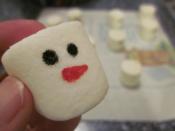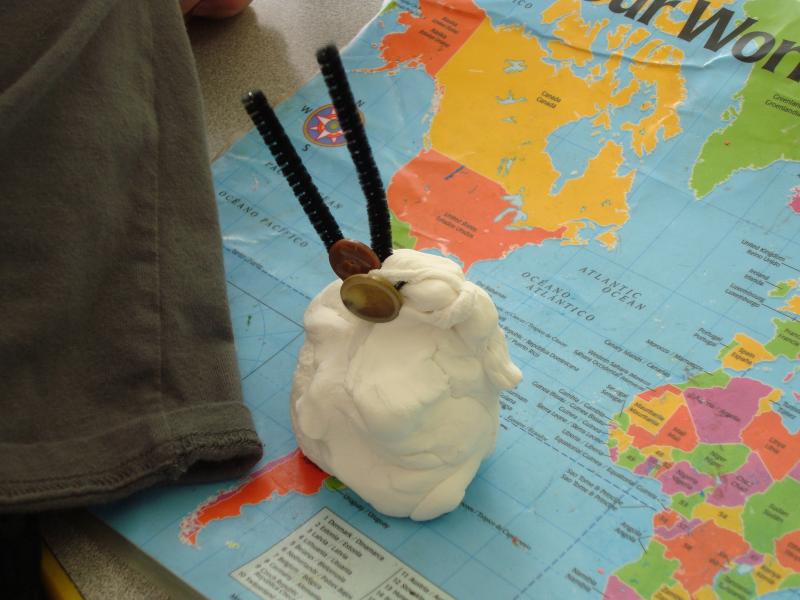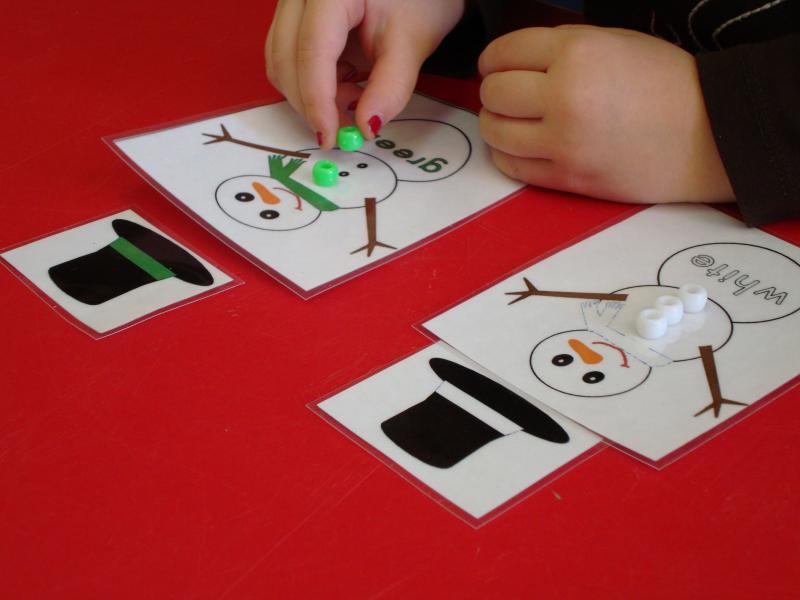February is the month of love. In this month we often find ourselves helping kids make paper hearts and talking about dental health. February is a great month for talking with children and demonstrating how to show we care for one another.
The National Association for Family Child Care requires that an accredited provider demonstrate that she “cares about, respects, and is committed to helping each child develop to his or her full potential,” and “shows affection to each child in some way.”
Why is this important? We can find answers from the NAFCC Accreditation Standards Resource Manual (2006):
· Learning is more likely to occur when children feel cared about and appreciated by the adults caring for and teaching them.
· Children’s experiences with adults affect how they view themselves and how they will interact with others.
· When adults are respectful toward the children they are teaching, they teach children how to be respectful to others.
· Acts of affection can reassure and comfort children and help them relax.
· Affection helps build a positive relationship between [teacher] and child and sets the tone for all of their interactions.
· In displaying affections, [teachers] model behaviors that will help children learn how to interact positively with other children and adults.
 |
| Expressing "LOVE" to children: through eye contact + modeling |
How can you ensure children feel cared about and respected and be committed to helping them achieve their full potential? There are many ways to show affection to children. Warmth and affection toward children can be expressed throughout the day as [teachers] protect, guide, care for, communicate and play with children.
 |
| Expressing "LOVE" to children: speak to them directly |
· Pay attention to individual children. Take time to talk to them, listen to them, and show interest in what they are doing. Try not to seem hurried or tense so you can focus just on them. Smile at them.
· Use a warm, soothing voice. (NOTE: New research about boys’ brain development shows that women’s voices can actually cause pain to boys. Look for those signs and modulate your tone to accommodate individual needs.)
· Express your affection through physical contact. Always use a gentle touch. Take your cues from the child; some children like physical contact and others don’t. Be sure any physical contact is “good” touch and does not border on sexual contact.
· Respond to children with patience and understanding. Give children a chance to make amends by cleaning up the mess they have made or righting the wrong they have committed.
· Let children know they are appreciated. Take time to recognize small acts of kindness children exhibit or the little tasks they perform to make your day, and the day of the other children, more enjoyable.
· Be specific with praise. Tie it back to the behavior you are praising. For example, “ Thank you for getting the crayons down for Jack. It was so nice of you to notice he was having trouble reaching them, and you really helped him out.”
 |
| Expressing "LOVE" to children: give attention to their activity |
In February amongst the Valentine making and celebrating and visits from dental specialist, etc., think about how you show affection to the children in your program.
Do you show EACH child in your program you care about him/her?
Do you show EACH child in your program you care about him/her?
Do you treat EACH child with respect?
Are you committed to helping EACH child develop to his/her full potential?
Examine your feelings for each of the children in your program. Be sure you have affection for each child and show him/her you care during your interactions. If you find there are one or more children about whom you don’t feel affection (and this is NORMAL!), look for ways to resolve your negative feelings for the child.
Review the way you relate to each child in your program, especially during guidance situations. Be sure your interactions with each child are characterized by respect.
Think about the activities you provide for children and you relate to them. Decide if the activities and interactions you offer the children are helping them develop their abilities. If not, adjust what you offer and how you interact with the children.
To learn 60 Ways to Show Kids You Care, visit the website of Counseling Corner, Inc., at http://counselingcorner.net/parents/care.html.
-- Dr. Ellaine B. Miller
-- Dr. Ellaine B. Miller
Information in this blog was excerpted from the NAFCC Accreditation Standards Resource Manual – Relationship Standards for NAFCC Accreditation. Principle Author – Beverly Schmalzried.
Blog entry by Dr. Ellaine B. Miller, PhD. Family Child Care Partnerships at Auburn University. www.humsci.auburn.edu/fccp



















































